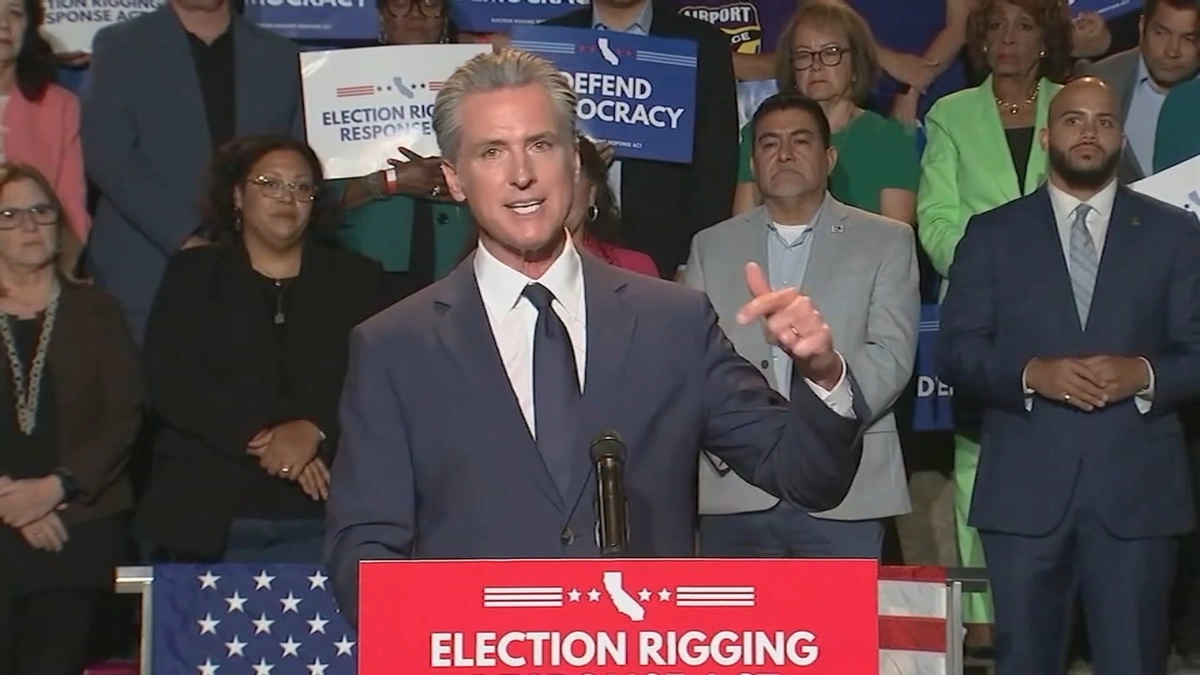Okay, let’s talk about water. Specifically, Prop 50 California . I know, I know bonds and propositions can sound drier than the Mojave Desert in August. But trust me, this one’s important, especially if you care about where your water comes from and the future of California’s environment. This isn’t just another piece of legislation; it’s about our survival in a state increasingly defined by water scarcity. Learn more
What Exactly Is Prop 50?

Simply put, Prop 50 was a $3.44 billion water bond approved by California voters back in 2002. It was formally known as the Water Security, Clean Drinking Water, Coastal and Beach Protection Act of 2002. A mouthful, right? But the core idea was to fund projects aimed at improving water quality, increasing water supply, and protecting our precious coastal resources. You might be thinking, “2002? Why are we talking about this now?” Well, that’s because the effects of Prop 50 are still being felt today, and understanding its legacy is crucial as we face new water challenges. Let’s be honest, water infrastructure projects aren’t exactly known for their speed.
The “Why” Behind Water Bonds | More Than Just Pipes
Here’s the thing: water bonds like Prop 50 are about so much more than just building reservoirs and laying pipes. They’re about ensuring that future generations have access to clean, reliable water. They’re about protecting our ecosystems, from the Sierra Nevada snowpack to the beaches of Southern California. They’re about investing in a sustainable future for a state that’s constantly battling drought and climate change. I initially thought these bonds were straightforward, but then I realized the complexities behind the projects, the funding, and the long-term impacts. Think of it this way: a water bond is like a long-term savings account for California’s water future. The interest we earn is a more secure and resilient water supply.
How Prop 50 Shaped California’s Water Landscape
So, how did Prop 50 actually impact California? Well, the money was allocated to a wide range of projects, including:
- Watershed Protection: Funding projects to restore and protect watersheds, which are the areas of land that drain into rivers and lakes. Watershed restoration is a cornerstone of California’s water management.
- Coastal Protection: Protecting and restoring coastal habitats, such as wetlands and estuaries. As per the California Coastal Commission, these habitats are critical for biodiversity and water quality.
- Clean Water Grants: Providing grants to local agencies for projects that improve drinking water quality and wastewater treatment. The State Water Resources Control Board oversaw many of these grants.
- Water Use Efficiency: Promoting water conservation and efficiency through grants and programs. California’s water conservation efforts have seen significant advancements thanks to initiatives like those funded by water bonds.
And you know what? These projects made a real difference. They helped to clean up polluted waterways, restore critical habitats, and improve the reliability of our water supply. Of course, there were also challenges and controversies along the way. Some projects faced delays, while others were criticized for their environmental impact. That’s the reality of any large-scale infrastructure investment. Water infrastructure projects always come with complexities.
Lessons Learned | The Future of California Water Funding
What fascinates me is the legacy of Prop 50 and what it teaches us about future water investments. Here are a few key takeaways:
- Transparency is crucial. The public needs to know where the money is going and how it’s being spent.
- Collaboration is key. Successful projects require cooperation between government agencies, local communities, and environmental groups. Stakeholder collaboration is essential for effective water management.
- Long-term planning is essential. Water projects take time to develop and implement. We need to be thinking decades ahead, not just a few years.
As California continues to grapple with drought and climate change, water bonds will likely remain an important tool for funding critical water infrastructure projects. But we need to learn from the past and ensure that these investments are made wisely and effectively. Check this out
What’s Next for California’s Water?
Let me rephrase that for clarity…what’s next for you and me, the people who drink the water and rely on it for everything from agriculture to recreation? Well, there’s no easy answer. But here’s what I think. We need to be smarter about how we use water, investing in new technologies like desalination and water recycling. We need to protect our existing water resources, such as our groundwater basins and our mountain watersheds. And we need to be willing to make tough choices about how we allocate water, balancing the needs of agriculture, industry, and the environment. I’ve seen many discussions about California’s water resources , and it’s clear that there are no easy answers.
FAQ About California Water Bonds
Frequently Asked Questions
What was the main goal of Prop 50?
To improve water quality and supply in California through funding various water-related projects.
How was the money from Prop 50 allocated?
It was allocated to watershed protection, coastal protection, clean water grants, and water use efficiency projects.
What are some challenges with water bonds like Prop 50?
Potential delays, controversies over environmental impact, and ensuring transparency in spending.
How can California improve its water management in the future?
By investing in new technologies, protecting existing resources, and making tough choices about water allocation.
What role does stakeholder collaboration play in water projects?
It’s essential for ensuring projects are effective and meet the needs of various communities and environmental concerns.
Prop 50 California wasn’t a magic bullet, but it was a significant step in the right direction. It reminds us that investing in our water future is an investment in our collective well-being. And that’s something we can all agree on, right?




